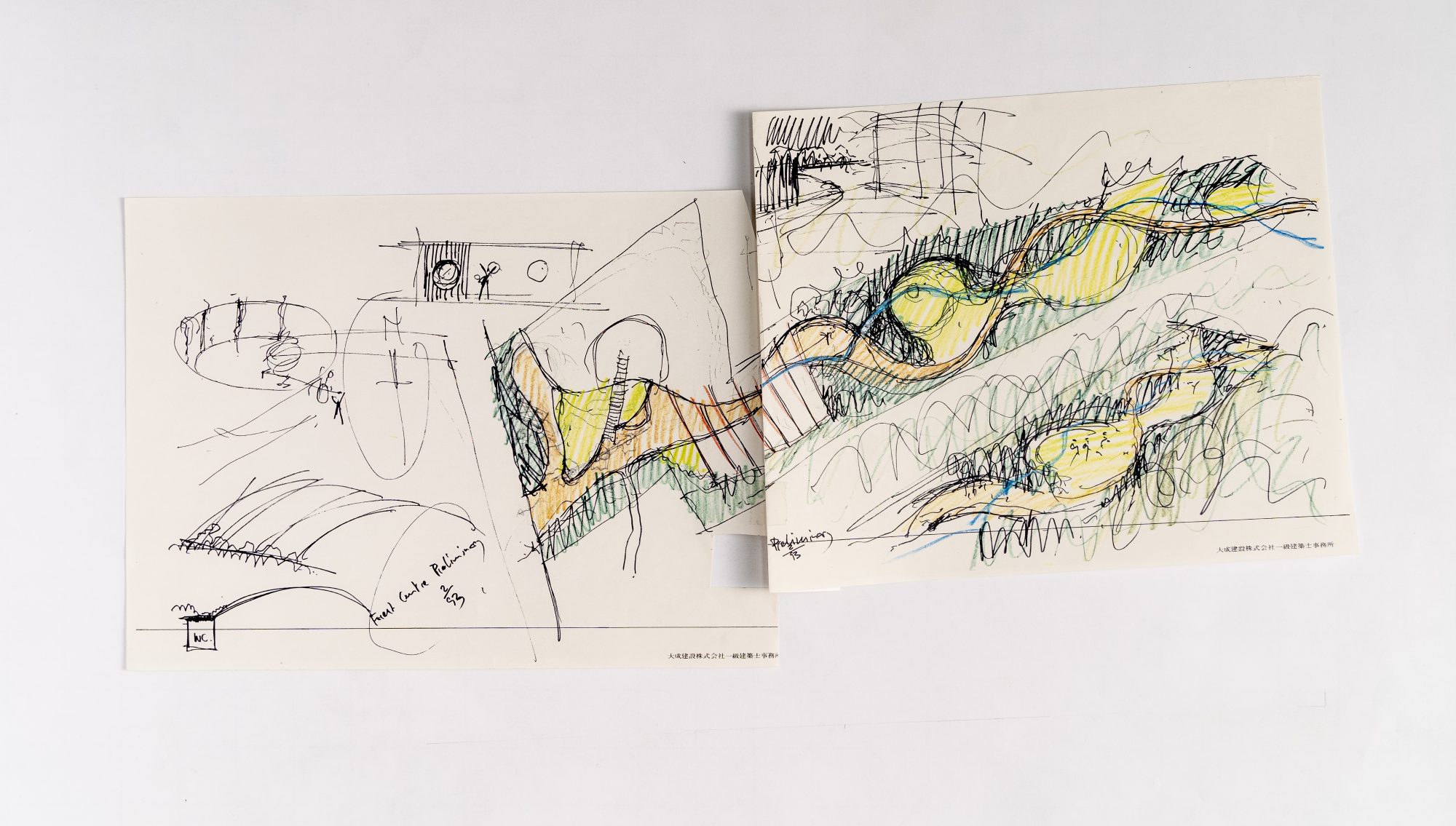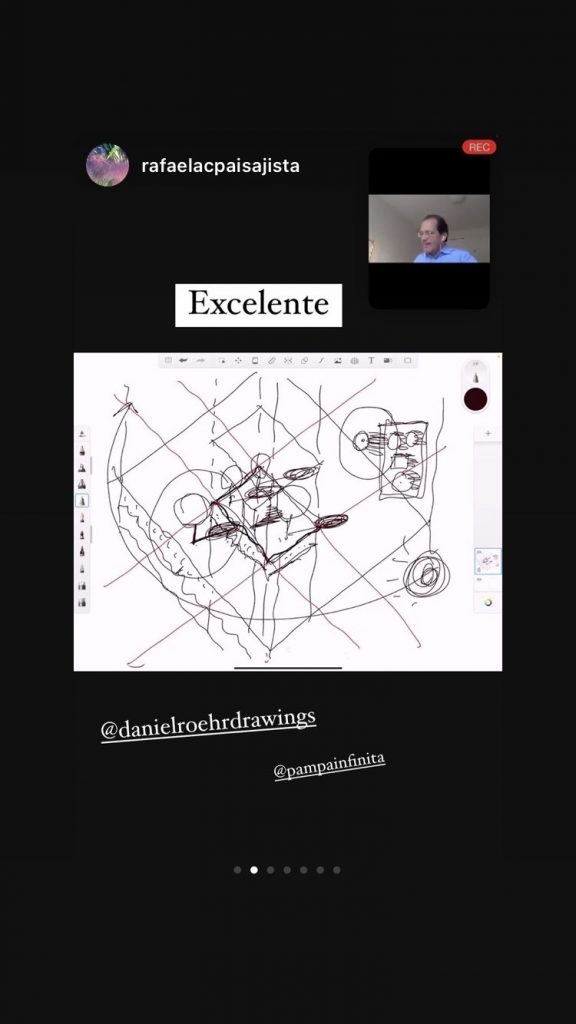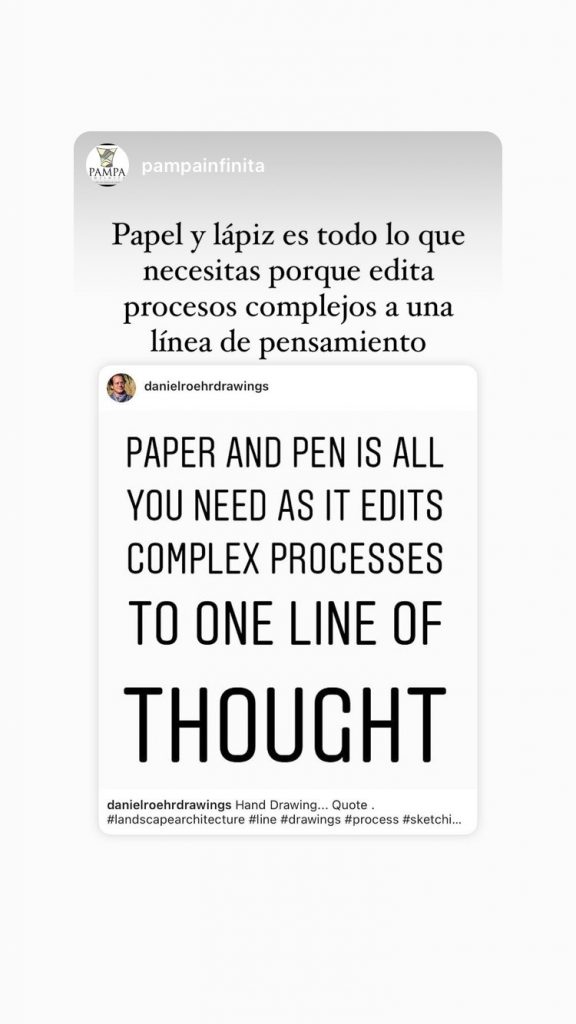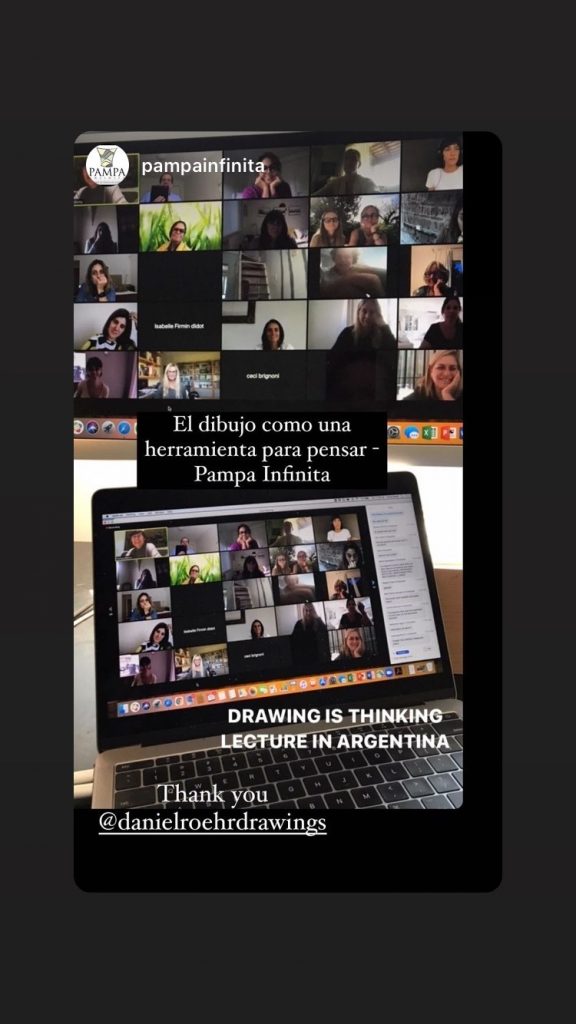PechaKucha Night Vancouver Vol. 51 Presentations NOW ONLINE, Rio Theatre Vancouver, BC, September 15, 2022
Book Launch Presentation, “Multisensory Landscape Design: A Designer’s Guide for Seeing” Inform Interiors, October 5, 2022
Daniel Roehr @ PechaKucha Night Vancouver Vol. 51, September 15, 6:30pm Rio Theatre Vancouver, BC
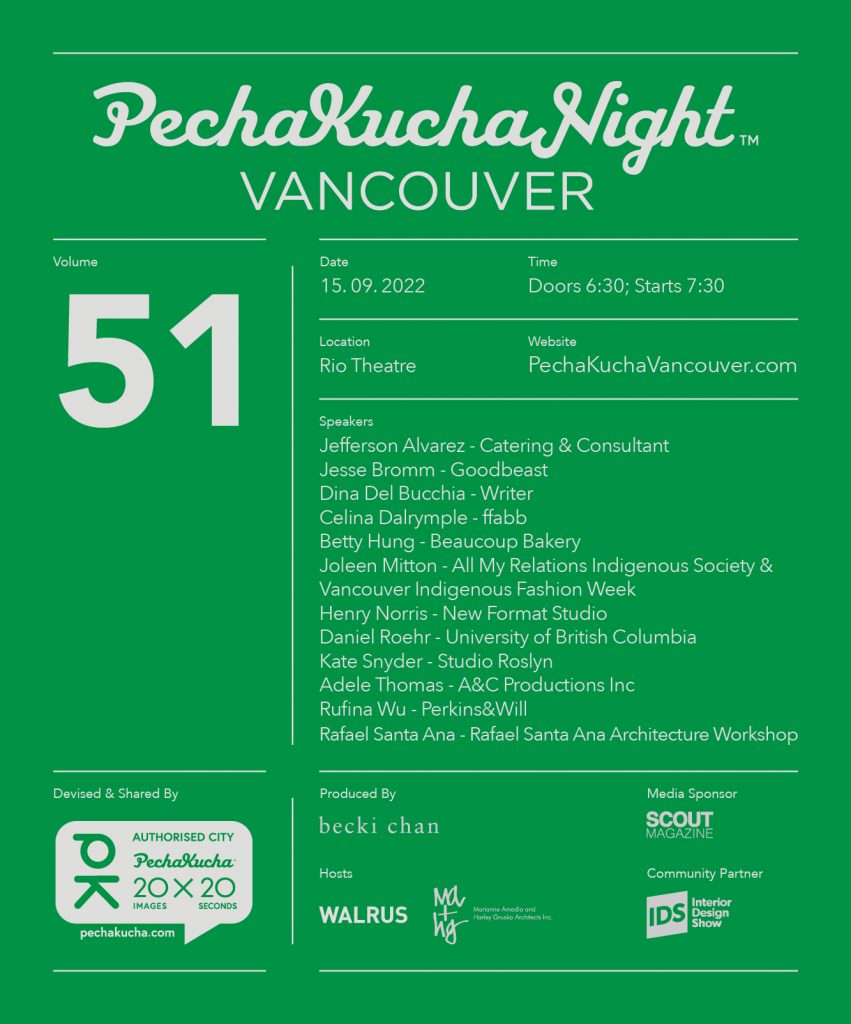
NEW BOOK! Multisensory Landscape Design – A Designer’s Guide for Seeing
The interaction of our bodies in space is intrinsically linked to the ways in which we design. In spatial design we tend to focus on solely the visual, often treating it as the dominant sense while ignoring the other four senses: touch, sound, smell, taste. While research has been carried out on the perception of multisensorial experiences and design in the last two decades, there is no combined resource on how to address multisensory design in landscape architecture, architecture, urban and environmental design. This is a textbook for design students, professionals, and educators to develop multisensorial literacy. This book is the first of its kind, providing introductions on each of the five senses, along with exercises that demonstrate how to observe, record, and visualize them. It explores current design school pedagogy, and how we might imagine a more mindful way of teaching. The book is a foundational resource for students, professionals, and instructors to understand and ultimately create multisensorial spaces that are inclusive for all. This book imagines a world where seeing is redefined in a way that encompasses all of the senses—not just the visual.
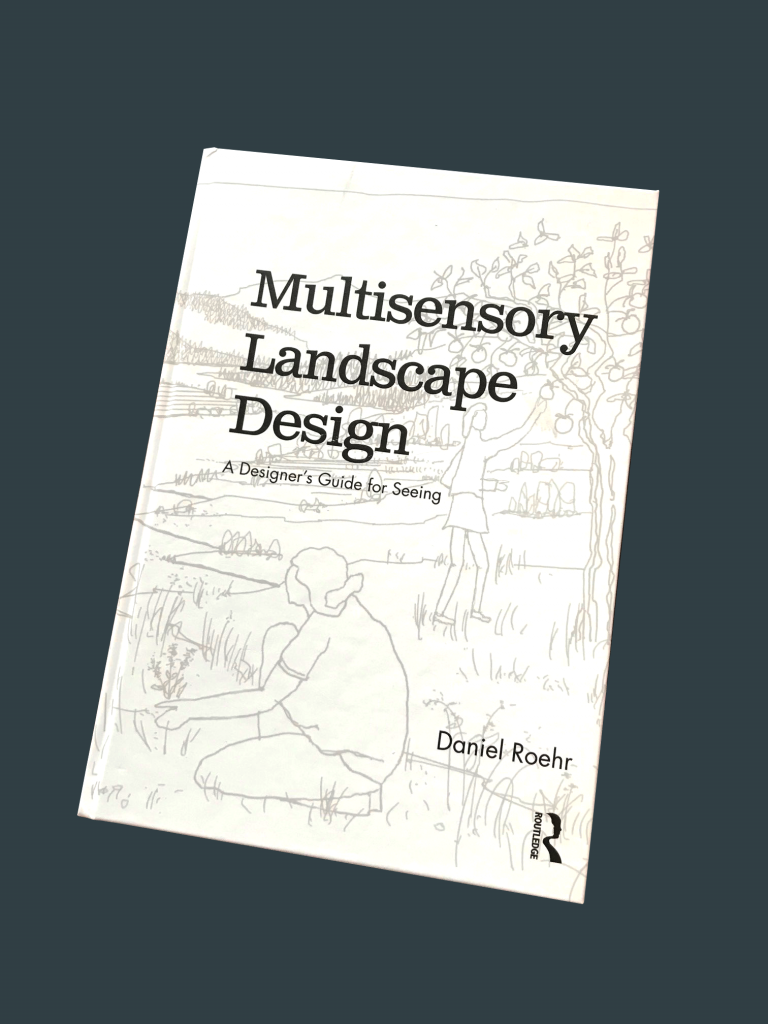
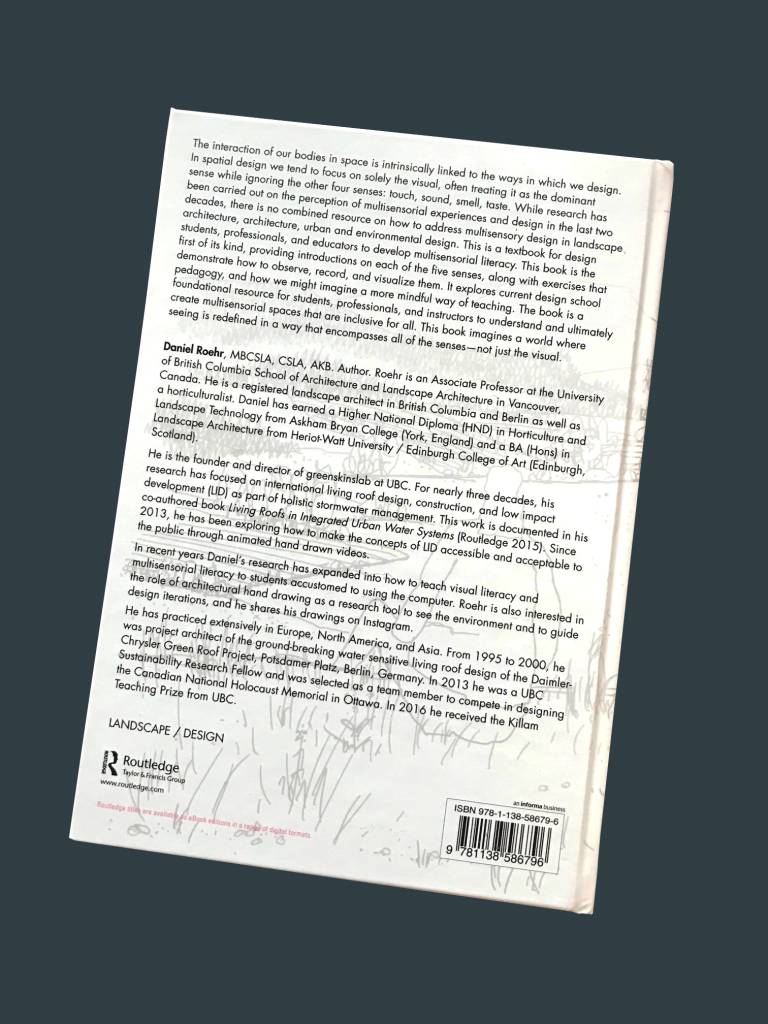
NEW BOOK PUBLICATION May 4th 2022 by Daniel Roehr “Multisensory Landscape Design, A Designer’s Guide for Seeing”
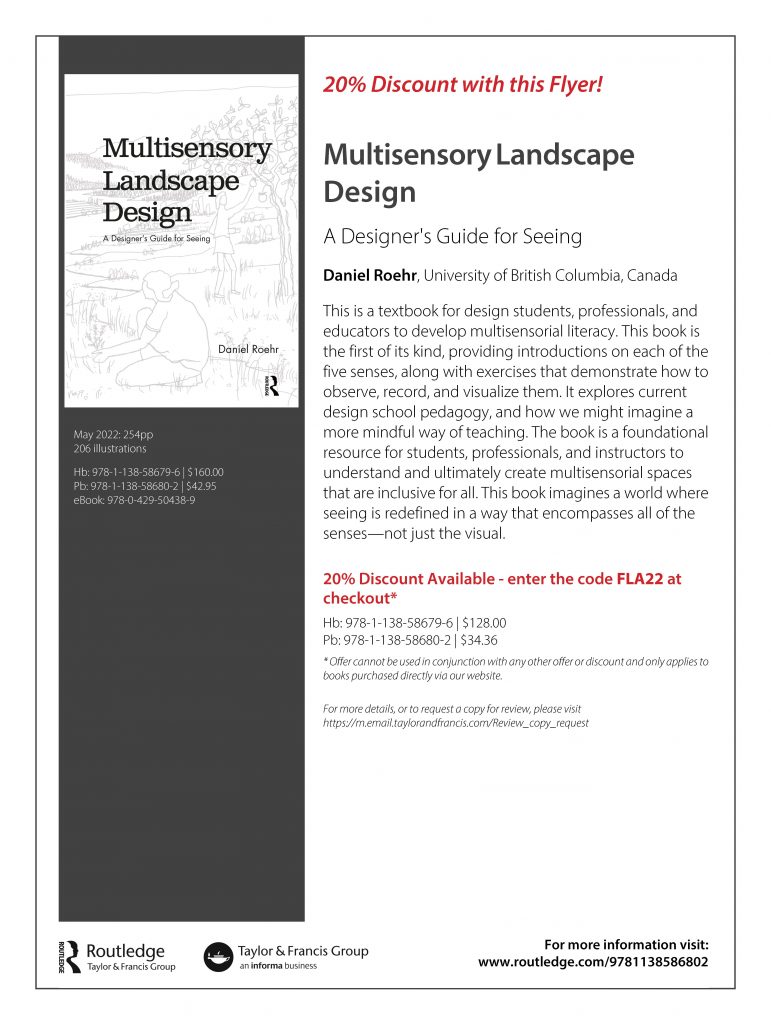
Lecture & Workshop “Visualizing Multisensory Site Perception and Sketching on the Tablet – The CUBE Method” at the University of Guelph, October 19, 2021 now on YouTube
AXO DEMYSTIFIED: The Cube Method for Site Visualization Blog is Online!
Over the summer 2021 Kelly Kang, Berend Kessler (both MLA3 students) and I created the blog: AXO DEMYSTIFIED: The Cube Method for Site Visualization which teaches students how to set up a basic axonometric, as well as explaining the CUBE Method created by me during the Seeing Environment seminar 2020 W1. This method visualizes the site quickly three dimensionally. I am currently also finishing a paper on the CUBE method, which will be published soon.
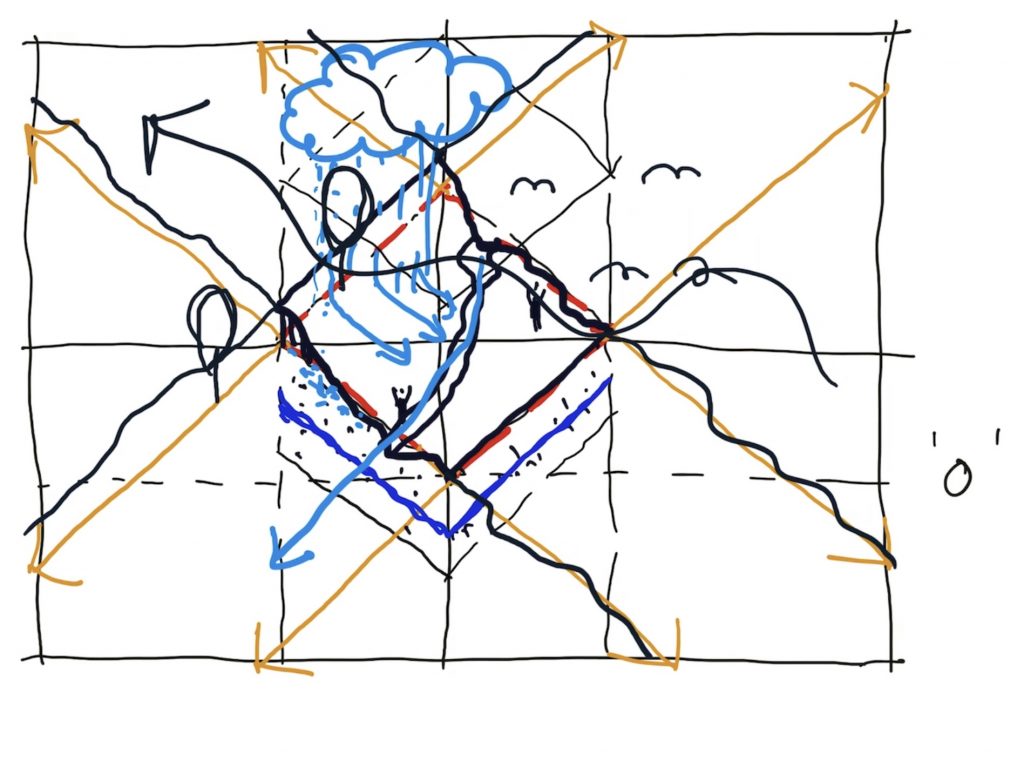
The CUBE Method in Action in STUDIO LARC 502 Spring 2021
I am currently working with graduate students on an online learning platform to explain the CUBE method, as a visualization tool for landscape diagnostics, analysis and design. This will be available for students in the fall 2021.
The outcome of the current CUBE method in landscape architecture foundational studio teaching can be viewed in the blog publication below.
“Drawing is Thinking” Lecture, Buenos Aires, Argentina
On Thursday, April 15th 2021 I gave my first lecture in Buenos Aires via ZOOM for students at the Escuela Pampa Infinita – Garden Design School. A recording of the lecture will follow soon.
Instagram thank you posts
